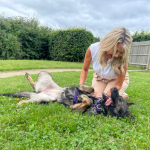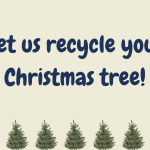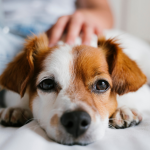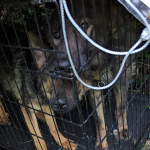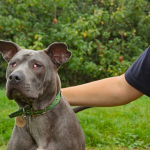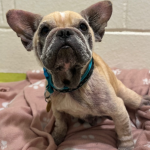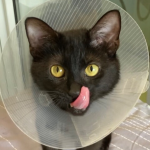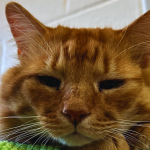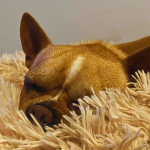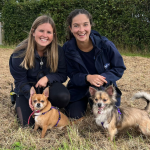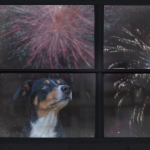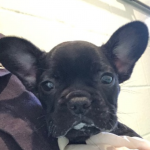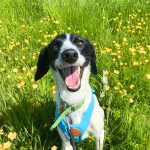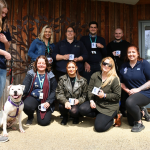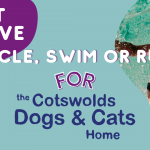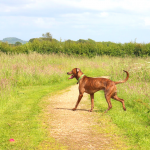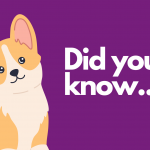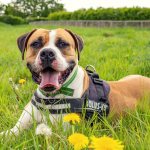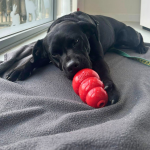
Maintaining your pets claws
April is National Pet Month, and here at the Cotswolds Dogs and Cats Home, we can get behind any excuse to celebrate the many benefits of our beloved furry friends, and give you some tips on how to keep them in tip top health.
We’re here to share some information about one of the things owners most often need support with; claw clipping.
Maintaining your cat’s claws
Cats tend to be experts at keeping their claws in great condition, and where possible it’s always best to give your cat ways to wear their claws down naturally rather than having them clipped.
You can do this by:
- Keeping them active. Regular running, playing and climbing will keep your cat’s claws healthy and trim.
- Providing a scratching post. Scratching is a natural cat behaviour, and a good scratching post might save your furniture! There are many options available including vertical posts and horizontal scratching boxes — keep an eye on where your cat is scratching around the house and try to mimic it with things you would prefer your cat to be scratching.
As cats get older, normal clawing behaviours can be more difficult, so if you notice your cat’s claws are getting too long, you may need to consider clipping them. It’s best to seek a vet’s advice before doing so — cats’ front claws are retractable, so it can sometimes be hard to tell how long is too long!
If your cat’s claws get too long, they can start to curve and grow into their paw pads and cause a lot of pain. So, if your vet agrees that your kitty’s claws need a clip, we recommend asking your vet to do this for you.



Maintaining your dog’s claws
Dogs’ nails also continue to grow throughout their life and it’s important that they’re kept in good condition. Ideally, when you walk your dog, hard surfaces should wear down their nails naturally and maintain a good length, but it’s good practice to check that they aren’t growing too long, as this can cause issues like snagging, splitting, or even growing into the pad, which can be very painful.
If you hold your dog’s paw flat on the palm of your hand and their nails touch your hand, they may need a trim. It’s also important to check the dew claws, which are located at the back of the foot and may not make as much regular contact with the ground.
To do this, follow these steps:
- Where possible, get your dog used to having their paws handled from an early age and use reward-based training to make nail trimming an enjoyable experience.
- If your dog is not used to having their nails clipped, or they have black nails where you cannot see the pink ‘quick’ or blood vessel, it is better to ask your vet to do a clip for you.
- Use dog-specific nail clippers or a file.
- Hold the paw firmly yet gently, and flex the pads slightly to give you better visibility.
- Trim the tips of the claw carefully, leaving around 4mm between the clippers and the quick — that area in the centre of the claw which contains a blood vessel.
- There’s no need to trim all the nails in one go; make sure you’re going at a pace your dog is comfortable with, and stop before they show any discomfort.
If you’re unsure on any of the above, get in touch with your vet.
If you are ever unsure please do speak with your vet.
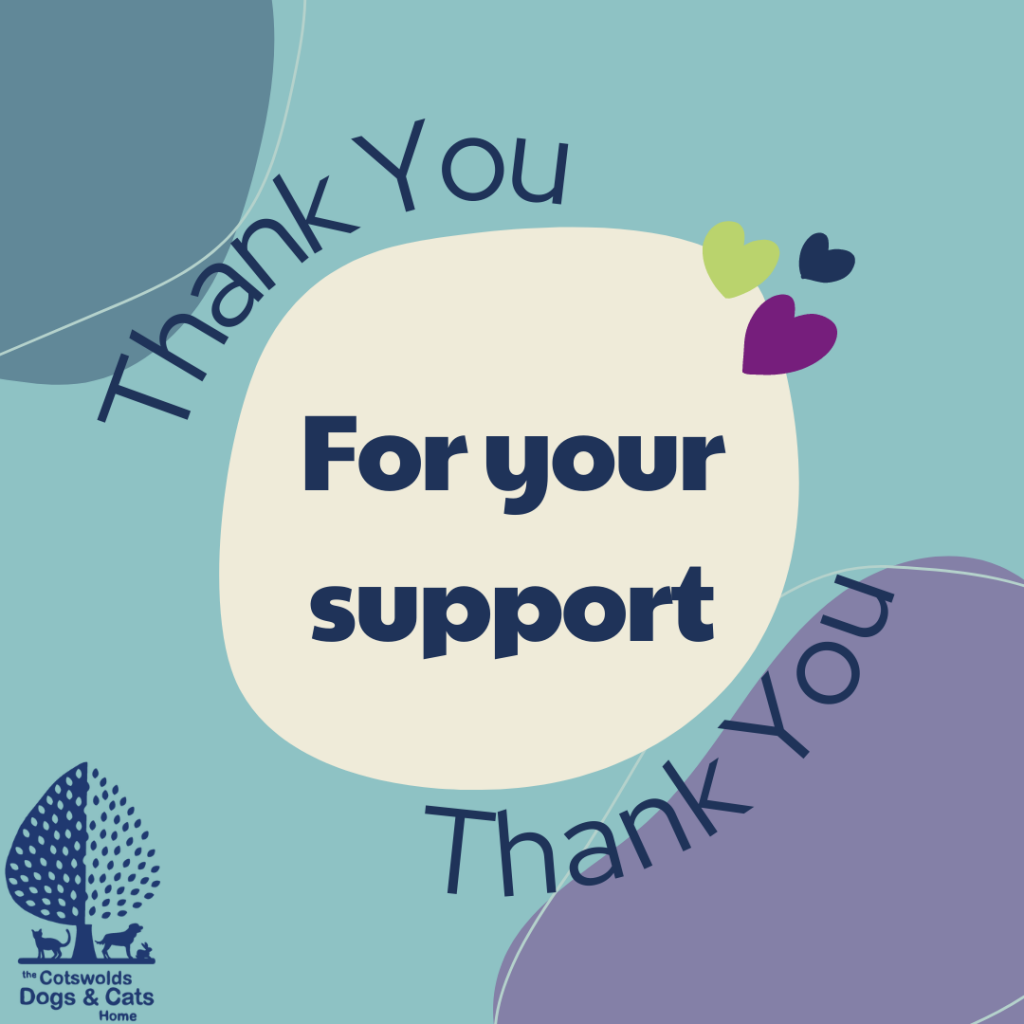
Categories
- Appeals (4)
- Events (7)
- News & Updates (60)
- Happy Tails (22)
- Past Appeals (80)
- Past Events (88)
- Support & Advice (43)
- Challenge Events (2)
Recent Posts
Related posts


Exploring the Cotswolds with your dog: Countryside, charm & canine adventures

Petplan’s Animal Charity Team of the Year!

Unusual Dog Names
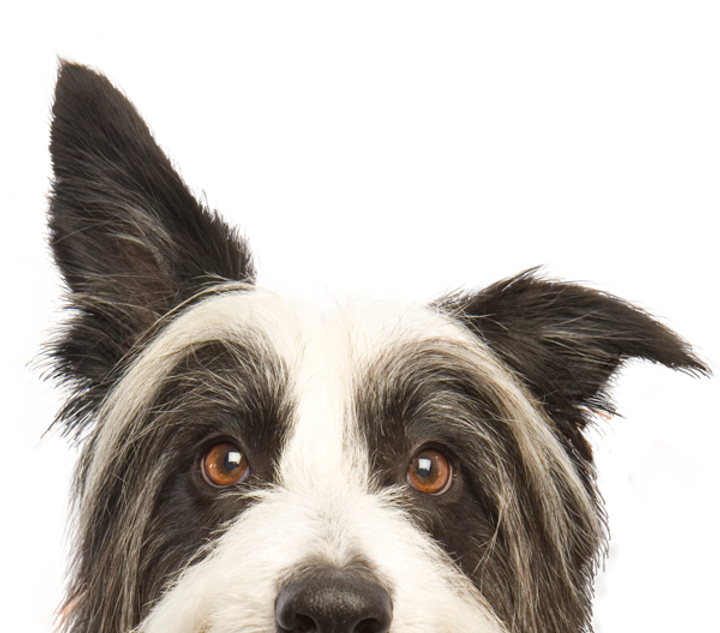
To report cruelty or an animal in distress call 0300 1234 999




